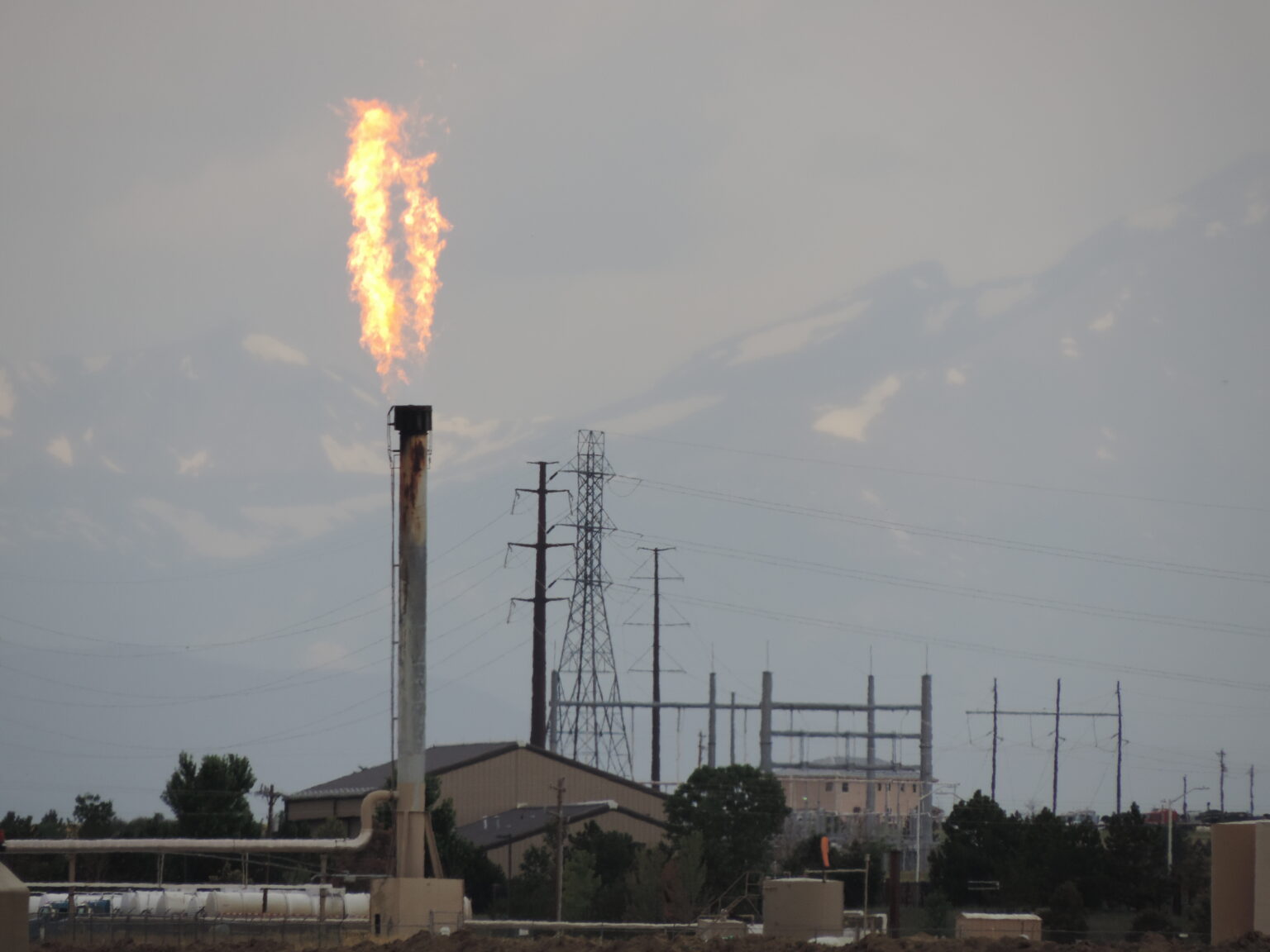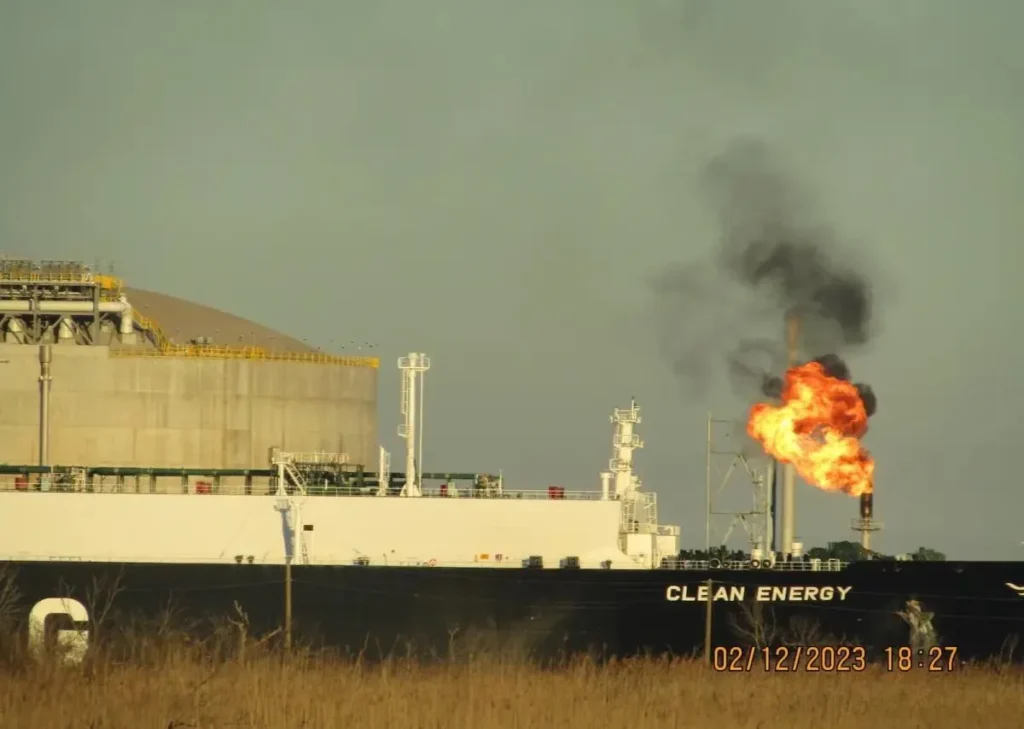By Nick Bowlin, Capital & Main. Originally published on Capital & Main.
Since October, Colorado oil and gas companies have been submitting plans to the state detailing how they intend to pay for plugging and cleaning up oil and gas wells at the end of their productivity.
When the process is complete, every operator in Colorado regardless of size is to have a financial assurance plan guaranteeing they can pay for the cleanup. All plans must be approved by the Colorado Oil and Gas Conservation Commission, the state industry regulator.
The commission describes the new financial assurance rules as “the strongest in the nation.”
A Capital & Main analysis of the financial assurance proposals submitted by oil and gas companies found that while some firms are proposing robust bonding increases, others are seeking financial requirements that fall far short of the full cost of plugging and reclaiming their wells.
The latter is what worries Mike Foote, a former Democratic state representative who’s now a lawyer specializing in environmental and energy litigation.
“If a company doesn’t have a viable plan to plug all its wells, it shouldn’t be doing business in Colorado,” he said.
Regulators and experts say the financial assurance process is crucial to the evolution of oil and gas regulation in Colorado, the country’s fifth largest crude oil producer and seventh largest producer of natural gas, according to the U.S. Energy Information Administration.
The process started in 2019 with a law that overhauled the state’s relationship to oil and gas by giving local governments more power over operations and changing the mandate of the Colorado Oil and Gas Conservation Commission to prioritize public health. Since then, Colorado has cracked down on flaring and venting natural gas, in which gas accumulated during the extraction process is either burned off or released, and required drilling operations to be sited at least 2,000 feet from schools and homes.
The commission is now turning to another mandate originating in the 2019 law: increasing the amount of money operators must put forward, often in the form of bonds, to pay for the plugging and reclamation of their wells. Companies are supposed to pay for the cleanup themselves; the bonds serve as insurance, in case of bankruptcy, so that the cost does not fall on the state and, ultimately, taxpayers.
The agency is trying to head off an enormous potential bill. Colorado has about 50,0000 unplugged oil and gas wells. Using data from its orphan well program, the state estimates that plugging and fully reclaiming a Colorado well costs $92,710 on average, although the number can vary for a variety of reasons, including the depth of a well. The estimate suggests Colorado has about $4.6 billion in well plugging costs.
The oil and gas industry, meanwhile, fears the process could result in bankruptcies if financial assurance requirements are raised substantially.
“The new rules are difficult for small producers and the COGCC needs to be cautious about unnecessarily exacerbating that problem,” Dan Haley, president and CEO of the Colorado Oil and Gas Association, said in a statement. “The COGCC runs the risk of creating more orphan wells if those operators are forced to walk away. The state views low-producing wells as a nonviable business model, but that is just not true.”
Plugging wells is a time-consuming process. A concrete plug is sunk into the drilling hole, and infrastructure such as flowlines and water tanks is removed. Spills or leaks must be cleaned up. A tiny fraction of the full cleanup cost of all Colorado’s unplugged wells is currently secured in bonds: 2 percent, according to a 2020 estimate by the climate-focused nonprofit Carbon Tracker. A 2022 study by the Bell Policy Center, a Denver-based organization that focuses on Colorado economic issues, found the state budget could be overwhelmed if forced to take on a large chunk of that liability, accumulated over 150 years of oil and gas production.
“The financial assurance rules adopted ensure that each operator has the financial capability to meet all of their obligations under the Act through the development of a first-ever individual operator-specific financial assurance plan,” commission spokesperson Megan Castle said in a statement. “These rules are aligned with the mandate from [the law signed in 2019] to regulate oil and gas in a manner that is protective of public health, safety, welfare, wildlife and the environment.”
Maralex Resources Inc., based in Ignacio, Colorado, appears to be a financially healthy company. All but one of its 46 wells in the state actively produce natural gas, according to commission data.
Data submitted to the commission by Maralex show the company plugs a few wells per year, and its producing wells are strong — from September 2021 through August 2022, Maralex’s wells produced natural gas at a robust clip of 237 million cubic feet equivalent per day. The common industry measure for natural gas, known as MCFE, is based on the energy equivalent of burning one barrel (42 gallons) of crude oil. Maralex states in its financial assurance plan, submitted November 15, that it has no low-producing wells and that all of its Colorado assets “are near [the] beginning of their productive well-lives.”
Under Colorado regulations, low-producing wells generate a daily average of less than two barrels of oil equivalent, or 10 MCFE, per day over a 12-month span. The thresholds are generally accepted industry benchmarks, below which wells risk losing their economic viability.
Maralex’s picture of health is possible because of a business deal that allowed it to shed risky assets. In a transaction dated January 1, 2020, Maralex carved off 131 unplugged wells and transferred them to a company called Vision Energy LLC, also based in Ignacio. Many of the transferred wells were old — one was drilled in 1977 — and low-producing (average well life spans vary, but generally run 20-30 years).
Dwayne Purvis, a petroleum engineer for 25 years who now runs a consulting firm, said the wells transferred to Vision were “much older, much lower production and much more expensive to retire” than the wells retained by Maralex.
Vision’s website lists Maralex as one of its “parent” companies, along with Durango, Colorado-based Adelante Oil and Gas. Attorney Robert A. Willis of Poulson, Odell and Peterson in Denver signed the financial assurance proposals for both Maralex and Vision. In a 2018 Mesa County well sale between Vision and Maralex, A.M. O’Hare is listed as the CEO for both companies, according to documents obtained in a records request.
The two companies list overlapping members of their respective management teams and share a mailing address on their respective proposals. Maralex also notes in its commission application that two gas gathering facilities would be transferred to Vision in the future.
Maralex reports that it plugged several wells, according to its financial assurance application, which commission data show were operated by Vision.
Representatives from Maralex and Vision did not respond to several emails seeking comment about the relationship between the operations and their financial assurance applications. The commission is treating Maralex and Vision as independent entities in the ongoing financial assurance process.
Purvis, the petroleum engineer, noted that with the transfer of wells to Vision, “The cost of retirement will be much higher for [the transferred wells] than for the wells retained by Maralex.”
“Fewer than half of the transferred wells are still operating,” he said, “and those survivors produce at marginal rates and thus narrow margins. Based on my experience with these kinds of analyses, it looks unlikely to me that the wells could have been expected to generate enough cash flow to fund their own plugging and retirement at the time that they were transferred away from Maralex.”
Colorado’s new rules are supposed to increase protections on such transactions.
“The advantage the new rules provide is that all wells will be covered by an increased level of financial assurance and require operators who are receiving wells through a transfer to increase their financial assurance for the transferred wells before the selling operator’s financial assurance is released,” Castle, the commission spokesperson, said in an email.
Vision owns 108 wells, according to the most current commission data. Of that number, 40 are listed as producing — and 16 of those wells are listed as low-producing. About 62 percent of Vision’s wells are unplugged and not actively producing, the data show.
In total, Vision’s Colorado assets averaged 9.3 MCFE of natural gas per day over the past year, according to the data — below the threshold for low-producing wells. In its application, Vision lists a significantly higher production figure. The company did not respond to a question about this discrepancy.
Experts say such low-producing wells that hold minimal economic value are at higher risk of becoming orphaned — where no responsible party exists to pay for cleanup.
Under Colorado’s new rules, companies are supposed to increase their financial assurance levels based on factors such as the number of wells and production. Companies with larger proportions of older low-producing wells are supposed to pay more.
Or, like Vision and seven other companies to date, they can suggest their own plan, which the commission must approve or reject. Under the new rules, operators can request eased financial assurance requirements because of “individual circumstances” that make it “unnecessary or unreasonable” for them to comply.
Under the requirements of the new rules, Vision should have to put forward about $300,000. But according to its proposal, the company wants to pay $100,000. Combined with an existing $100,000 bond, the funds would cover about two-thirds of what the new rules require. (Vision has many wells on federal land, which are exempt from the assurance process until October.)
The commission members and commission staff will review operator financial assurance proposals in the coming months. Foote said their decisions will be a crucial indicator as to whether the new rules are working as intended.
None of the plans have been approved. The commission and its director, Julie Murphy, have the authority to deny plans and require companies to submit a new proposal that meets the rules.
“It’s all about enforcement with these new rules,” Foote said. “If they are enforced well, we’ll have fewer bad transfers and orphaned wells. If there are a lot of loopholes and exceptions, then business as usual can likely continue.”
Vision is not the only Colorado operator suggesting financial assurance plans that, if approved, would result in a company paying less than the full cost of plugging and reclaiming wells.
Some, like Vision, are small firms with low production rates. In its application, Williford Resources, based in Tulsa, Oklahoma, lists a portfolio of 51 wells that average just 0.5 BOE — the standard measure of “barrel of oil equivalent” — per day, well below the threshold for low-producing wells. Under the new Colorado rules, the company would have to pay $5.3 million in financial assurance, according to Williford’s recent filing. Williford suggests paying $270,110.
Another firm, Fritzler Resources, headquartered in Fort Morgan, Colorado, acknowledged the steep financial requirements of the new rules — $3.6 million, in its case. Fritzler representatives have asked the commission to approve a financial assurance plan of $564,000, or $12,000 per well. The company stated in its application that it “does not have the financial resources to fully fund both the financial assurance and continue to operate its business.”
Fritzler’s situation is not uncommon and points to a larger issue facing the commission: If it plays hardball with companies and requires substantial bonding increases, bankruptcies could follow, leaving the state with millions of dollars in well-plugging costs.
The issue becomes more pressing for companies with extensive well holdings. OWN Resources, based in Breckenridge, Colorado, holds 3,310 wells in Colorado, 1,898 of which count as low-producing. On average, OWN’s wells produced 10 MCFE per day over the past 12 months.
The company is requesting a plan that would include bonding requirements that would average $3,000 per well — about one-third of the funds the company is supposed to put forward under the new rules. Yet as OWN notes in its proposal, even $3,000 per well would be a significant increase on its current financial assurance levels.
In 2021, Congress passed the bipartisan infrastructure package, which, among other things, authorized an historic influx of federal money for well plugging. Colorado is set to receive about $79 million so far. And Colorado’s new oil and gas rules include increased fees on companies that will go to the commission’s orphaned well program. In his statement, Haley of the state oil and gas association called attention to these funding streams.
“Colorado has the most expensive financial assurance rules in the country, and one of the smallest number of orphan wells,” he said. “With new funding from Colorado operators and the feds, the state ought to be able to resolve what is a comparatively small problem.”
Foote also noted the increased funding, but he argued that there is money available if the new financial assurance rules do cause some companies to go under. Colorado’s oil and gas industry has not put forward the full cost of plugging its wells for a long time, he added.
“There’s going to be a reckoning,” Foote said. “The question is how much it costs and when it happens.”
This story originally appeared in Capital & Main and is part of Covering Climate Now, a global journalism collaboration strengthening coverage of the climate story.
Subscribe to our newsletter
Stay up to date with DeSmog news and alerts







